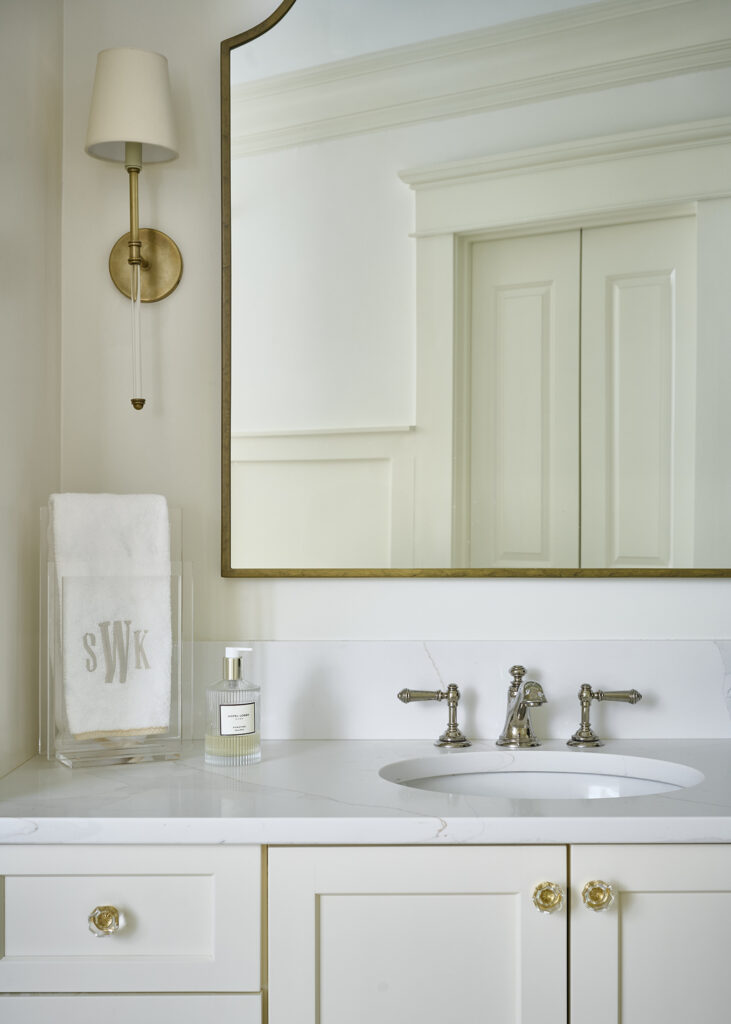
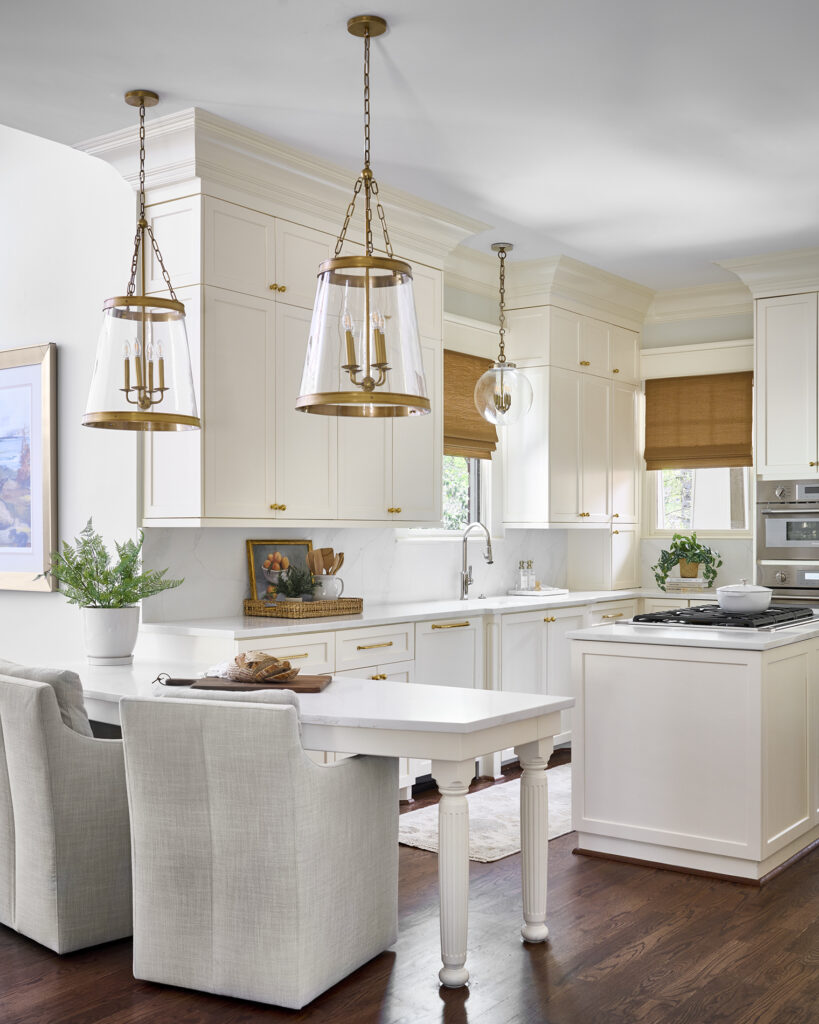
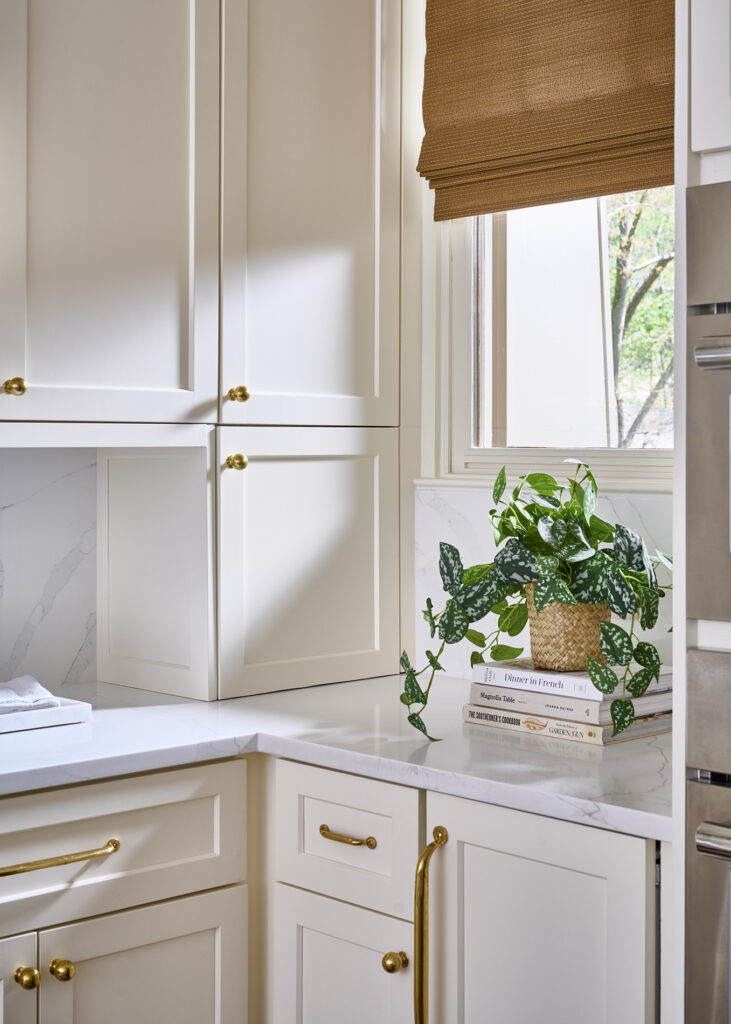
Photos by Marc Mauldin Photography
Brass has been a staple of luxury interior design for ages. Its warmth and timeless appeal has made it a popular choice for decades. But over the past half decade it has been “trending.” As you know, I don’t like “trends.” But this is another one I can get behind, because brass is so classic it really can’t be trendy, whether it’s “trending” or not.
What is the Brass Trend?
A brass trend means that more people are choosing to use brass finishes in their homes than they have in the recent past. This trend has been ongoing for many years now, and as brass is such a classic finish, it’s almost hard to call this a trend anymore. But given its popularity, it’s still appropriate to say it’s “trending” in interior design. However, with the Silvers Trend that starting last year and still going strong in 2025, we may see a decline in the use of brass in the coming years. For more information about the Silvers Trend, see my Journal entry on it here.
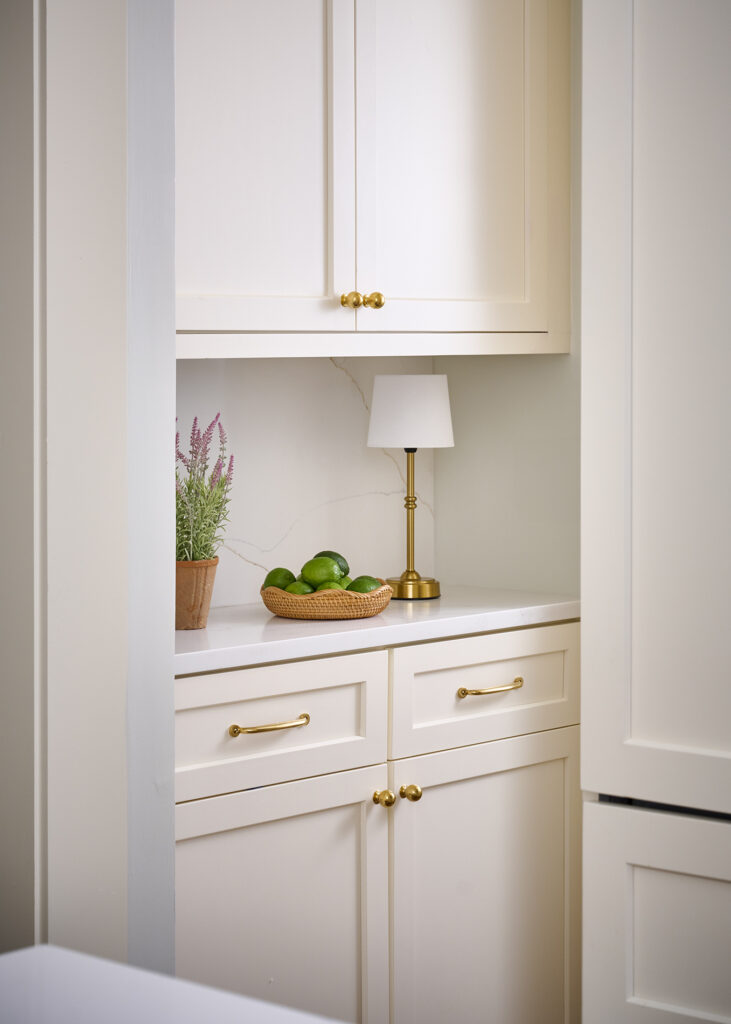
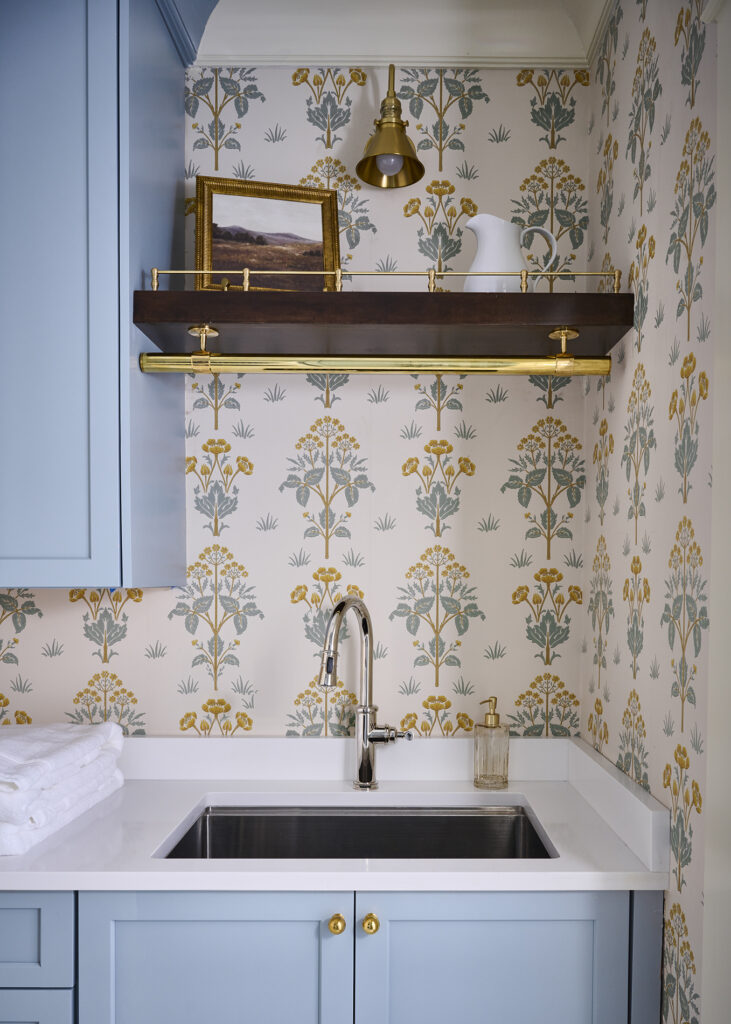
Photos by Marc Mauldin Photography
What is Brass?
Brass is a warm toned finish often found on hardware (e.g., knobs, pulls, latches), light fixtures, plumbing fixtures, and decor for example. There are many types of brass finishes and their names vary across brands. It includes polished brass, satin brass, matte satin brass, antique satin brass, aged brass, matte antique brass, brushed brass, distressed brass, heritage brass, hammered brass, and unlacquered brass.
What is the difference between all of these brass finishes?
Polished Brass: Polished brass is a yellow colored brass that’s been polished to a shine and treated with a protective coating to maintain its shine and keep it from tarnishing.
Satin Brass: Satin brass is a yellow to brown colored brass that’s been gently brushed to give it a smooth, matte look.
Brushed Brass: Brushed brass is also a yellow to brown colored brass that’s been more heavily brushed, giving it a matte finish and often showing the brush-strokes.
Aged Brass: Aged brass is made to look like a brass that has aged naturally. It is typically yellow to brown in color with subtle color variations and a matte finish. The benefits of aged brass are that it comes with a natural patina right out of the box and will maintain that appearance over time.
Hertiage Brass: Heritage brass is a brown colored brass with a satin coating to give it a soft matte look.
Hammered Brass: Hammered brass refers to the textured appearance of a piece that is achieved by hammering it.
Unlacquered Brass: Unlacquered brass is a polished brass that does not have a coating on it. This allows it to patina and tarnish naturally over time. Because of this it is considered a “living finish.”
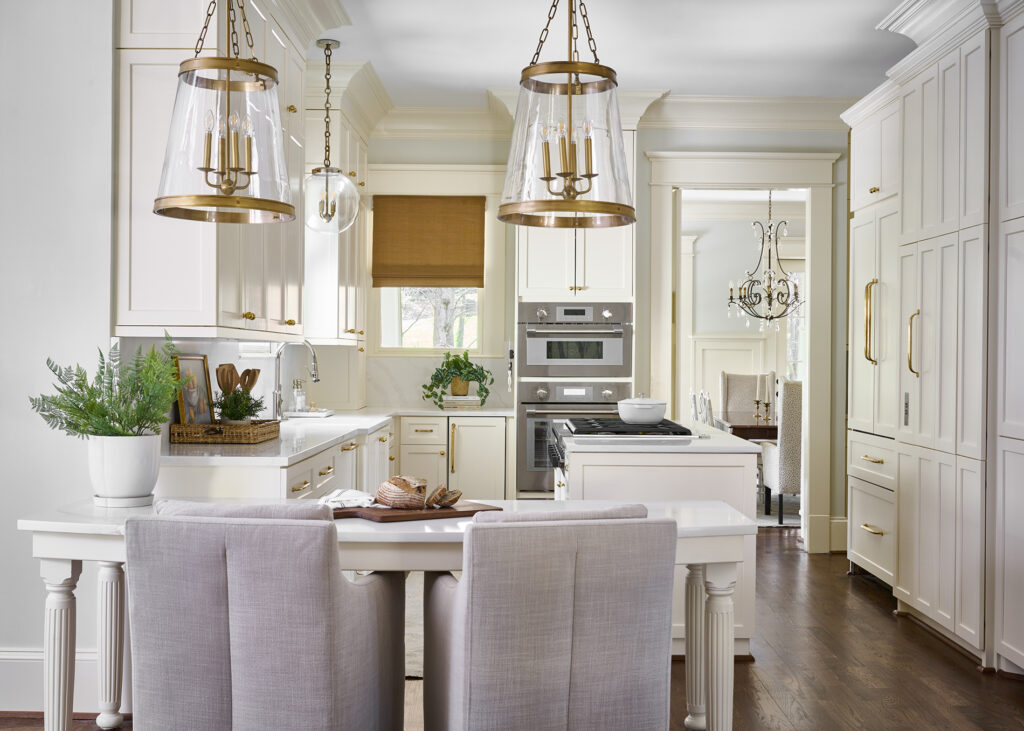
Photo by Marc Mauldin Photography
What to Know About Unlacquered Brass
Unlacquered Brass is unique among brass finishes because it is the only one that is a living finish. Out of the box, it looks like polished brass (it is polished brass, just without any protective coating) but its look quickly begins to change with use. The oils and touch from our hands and exposure to the air (specifically, the oxygen and sulfur in the air) cause the unlacquered brass to tarnish, darken, and have a more matte finish. By around year 4 of having unlacquered brass in your home it will change from a polished warm yellow color to a warm matte brown with natural color variation.
Unlacquered brass can be kept brighter and more polished looking by wiping it down with a little soap and water on a cloth. Although sometimes a brass cleaner is needed, for example, if you’re trying to remove tougher tarnish.
Unlacqured brass isn’t for everyone. If you like a uniform, bright polished brass look or low maintenance aged brass look to your fixtures and decor then unlacquered brass probably isn’t for you. But as we talked about above, there are other beautiful brass options to consider.
For the client’s kitchen featured above, we chose all unlacquered brass cabinet hardware. And even just a few weeks after it was installed it had already started to patina beautifully.
90’s Brass
Just like 90’s fashion is trending again, so too is brass. I think 90’s brass is what turned off (should I say scarred?) so many from using it in their own homes, especially us Millennials who may remember growing up with it in our parents’ homes or bought homes that still had it as an unwanted relic in their bathrooms. But the brass of the 90’s is different from that of today’s trend.
You just know 90’s brass when you see it, don’t you? But you can’t quite put your finger on why? 90’s brass is was a brighter yellow color than we see in today’s version. And it almost always appeared in an extremely high shine finish. In contrast, today’s classic brass harkens back to that used in European interiors for centuries. There’s no need to be afraid of this timeless beauty.

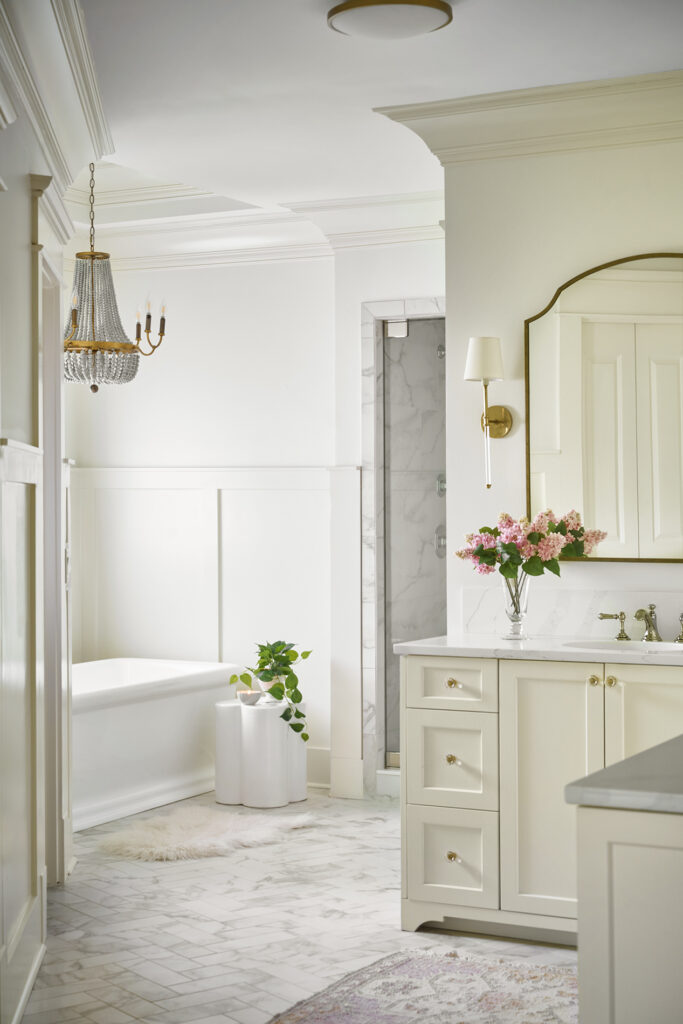

Center photo by Marc Mauldin Photography
Why I’m All For the (Current) Brass Trend
I’ve said it again and again, I don’t like trends or talk of trends (I’ve said it so much now, I think it’s time I explained why. Stay tuned!). But brass is such a timeless finish that it’s really not trendy. Rather, it comes back into great popularity from time to time and when it does, we say it’s “trending.” So if you’re looking to use a finish that looks current but will endure changes in popular taste over the years, brass is a safe bet.